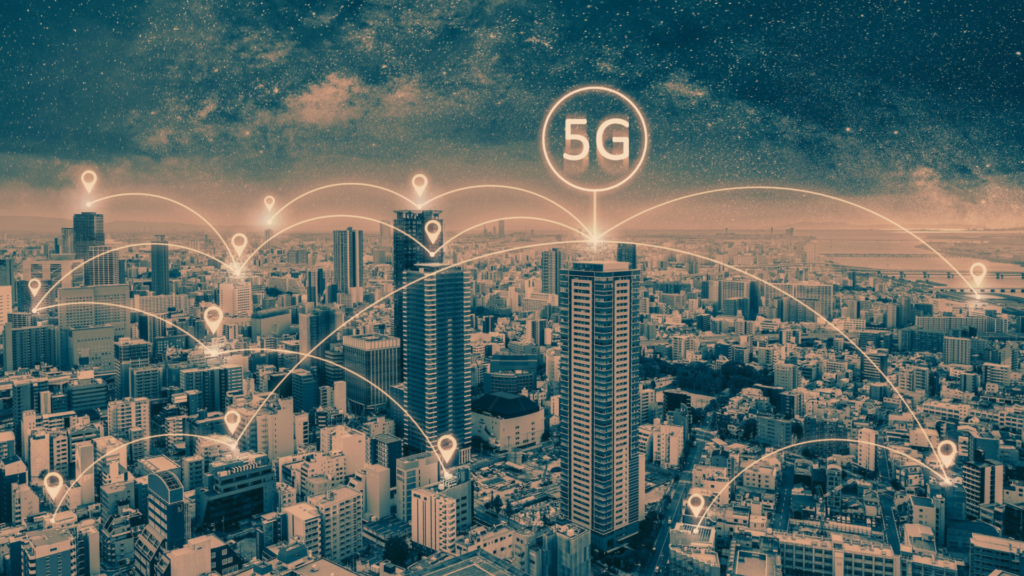
While Verizon is dealing with more delays from the FAA on 5G’s C-Band spectrum rollout, they are continuing to push through what service they can. On Tuesday, they unveiled its updated 5G plan, including tweaked plans for wireless and home internet users.
This month, more than 100 million people in 1,700-plus cities around the nation will have access to speeds up to 10x faster than 4G LTE via Verizon 5G Ultra Wideband network. This means nearly one in three Americans live in areas where they could experience the transformative speed, reliability and power of 5G Ultra Wideband on the go, or at their homes or business.
Along with 5G UWB (Ultra Wideband) for devices like iPhone 12 and 13, Verizon’s latest-gen cellular is already available in over 60 US cities with 5G Home Internet and 5G Business Internet and that’s going to grow quickly later in January. Verizon has improved its 5G smartphone plans with up to 6 free entertainment subscriptions and is now offering customers up to 50% off its 5G Home Internet. This also includes other features like no contract and average speeds of 300 Mbps.
In addition to these announcements, the press release also discusses some highlights from their “5G Ultra Show.” The 5G Ultra Show debuted today on youTube and is hosted by Elizabeth Banks. For a replay and highlights, visit Youtube.com/Verizon.
Highlights include how 5G Ultra Wideband transforms how people connect in crowded areas such as stadiums, including SoFi Stadium, home of Super Bowl LVI; how users can download the highest definition movies in minutes, import songs to giant CAD files, download huge documents and more — up to 10x faster than before; how it allows for more seamless HD audio and video streaming, including video chats, video conferencing and FaceTime calls with clear sound and video; and how 5G Ultra Wideband is faster and safer than public WiFi.*
For more information on the press release, see here.
*Public Wifi speeds from March 2021 based on Opensignal independent analysis of measurements recorded during the period December 19, 2020 – March 19, 2021 © Opensignal Limited.


